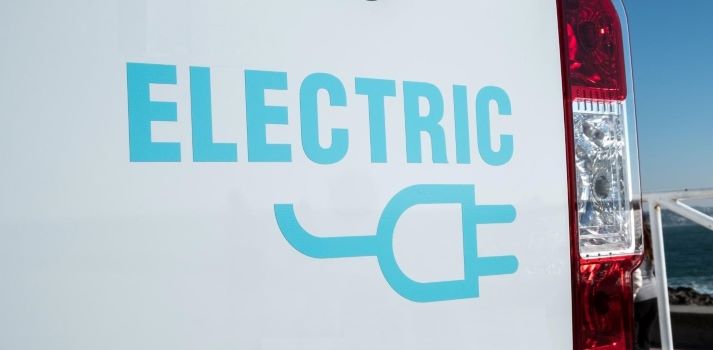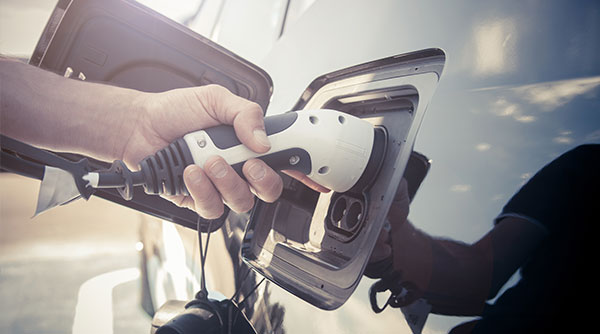In Germany, 10,277 electric vehicles were newly registered in April, including pure electric cars, plug-in hybrids and fuel cell vehicles. The increase is 32 percent. In the first three months of this year, however, there was still an increase of 125 percent. New registrations of pure electric cars (BEV) fell slightly in April by 3 percent to 4,635 units. The consequences of the corona crisis are thus also being felt in the market for electric vehicles. Demand for plug-in hybrids (PHEVs) was still significantly higher than in the same month last year. The Federal Motor Transport Authority registered 5,618 new PHEVs (up 87 percent). In the first quarter, however, the increase was still 258 percent.
Since the beginning of the year, 62,726 electric vehicles have been newly registered and in the first four months of 2020 they achieved a 7.6 percent share of the total market.
Reinhard Zirpel, President of the Association of International Motor Vehicle Manufacturers (VDIK) emphasized: “As expected, the corona crisis has noticeably slowed down the boom in the electric vehicle market for the time being. This confirms the concern that customers are also exercising restraint with regard to alternative drive systems in uncertain times. This is why an additional impetus is needed for particularly low-emission vehicles.”
The VDIK member companies currently offer 63 electric models. A list of electric vehicles from international manufacturers can be found here. Zirpel continued to emphasize: “Despite the major challenges posed by the corona virus, we are keeping a close eye on the goal of helping alternative drive systems to achieve a breakthrough.
Overall demand for vehicles with alternative drive systems declined in April: There were 21,709 new electric vehicles, plugless hybrids, mild hybrids (48 volts) and gas cars registered. The decline compared to the same month last year is 6 percent. In the first quarter there was still an increase of 75 percent. Since the beginning of the year 139,593 new units have been registered. This means that cars with alternative drive systems achieved a share of 17 percent of the total market in the first four months of this year, compared with just under 9 percent in 2019.
In addition, 2,423 new CNG cars have been added since the beginning of the year. Three quarters of the vehicles come from international manufacturers (75 percent).
| April | January – April | |||||
|---|---|---|---|---|---|---|
| Units | +/- (%) | Units | +/- (%) | Share of total car market | International brands (VDIK) | |
| BEV | 4,635 | -3 | 30,610 | 48 | – | 33 |
| PHEV | 5,618 | 87 | 32,037 | 209 | – | 32 |
| FCEV | 24 | 41 | 79 | 32 | – | 100 |
| Electric Vehicles (total) | 10,277 | 32 | 62,726 | 102 | 7.6 | 33 |
| HEV | 10,955 | -21 | 74,076 | 36 | – | 45 |
| CNG | 286 | -61 | 2,423 | 41 | – | 75 |
| LPG | 191 | -76 | 368 | -89 | – | 93 |
| Alternative Drivetrains (total) | 21,709 | -6 | 139,593 | 54 | 17.0 | 40 |
Glossary
Electric vehicles: BEV, PHEV and FCEV
BEV, Battery Electric Vehicle
PHEV, Plug-In Hybrid Electric Vehicle
FCEV, Fuel Cell Vehicle, hydrogen vehicle
HEV, Hybrid without plug or non-rechargeable
CNG, Compressed Natural Gas
LPG, Liquified Petroleum Gas




